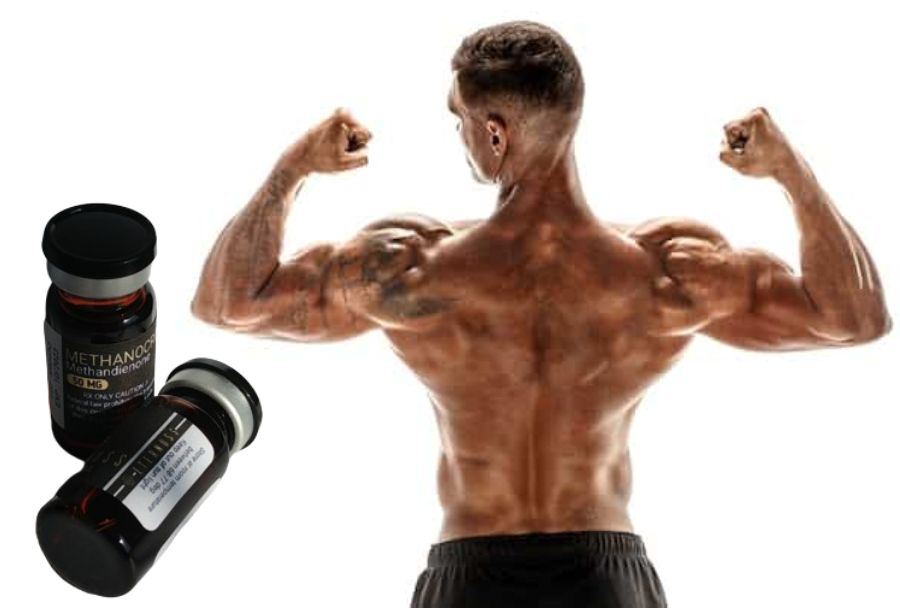In this article, we’ll review Testosterone Replacement Therapy (TRT), consider factors for a proper TRT regimen, and discuss the advantages of Testosterone Undecanoate (Nebido).
What is Testosterone?
Testosterone, produced mainly in the testicles, is the primary androgen hormone. It plays a crucial role in masculine development during adolescence and continues to maintain men’s health, including:
- Bone density
- Fat distribution
- Muscle strength and mass
- Facial and body hair growth
- Red blood cell production
- Sex drive
- Sperm production
What Happens to Testosterone Levels with Age?
Testosterone levels peak during adolescence and early adulthood, then decline by about 1% per year after age 30 or 40. Older men need to determine if normal aging or hypogonadism causes low testosterone.
Issues with the testicles or the pituitary gland, which controls testicular function, can cause hypogonadism. Testosterone replacement therapy, available as injections, pellets, patches, or gels, can alleviate low testosterone symptoms.
Does a Naturally Declining Testosterone Level Cause Aging Symptoms?
Not necessarily. Aging men may experience changes in sexual function, physical changes, and emotional changes that might be attributed to lower testosterone levels. Other factors such as medication side effects, sleep apnea, thyroid problems, diabetes, or depression can also cause these symptoms. Conducting a blood test to diagnose low testosterone is important.
Can Testosterone Therapy Promote Youth and Vitality?
Testosterone therapy can reverse the effects of hypogonadism, but its benefits for otherwise healthy older men are controversial. Many men with normal-range testosterone levels may perceive increased vigor and youthfulness with therapy, but evidence supporting its use in healthy aging men is limited. The American College of Physicians suggests that testosterone therapy may modestly improve sexual function in some men with low normal testosterone levels, but there’s little evidence it improves other functions like vitality and energy.
Practical Details of TRT Usage
The most effective route of testosterone administration usually involves injections, which mimic normal healthy testosterone serum levels. Traditional injection TRT uses Testosterone Enanthate or Testosterone Cypionate, long-acting testosterone esters (also known as Testosterone Depot). These esters chemically bind to testosterone, rendering it inactive until the body’s enzymes break the bonds, releasing active testosterone into the bloodstream. Testosterone Enanthate has a half-life of 6-7 days, and Testosterone Cypionate has a half-life of 7-8 days, requiring weekly injections for stable serum testosterone levels.

Testosterone Undecanoate (Nebido) in TRT (Testosterone Replacement Therapy)
Many prescribe Testosterone Enanthate and Cypionate for TRT, but Testosterone Undecanoate, marketed as Nebido, is considered the gold standard. Testosterone Undecanoate has a longer ester than Enanthate and Cypionate, resulting in a much longer half-life of 24-32 days. This allows for less frequent injections to maintain stable serum testosterone levels, typically once every 4 weeks. This makes it a more practical option for individuals who need assistance with injections or have frequent travel or remote work commitments







